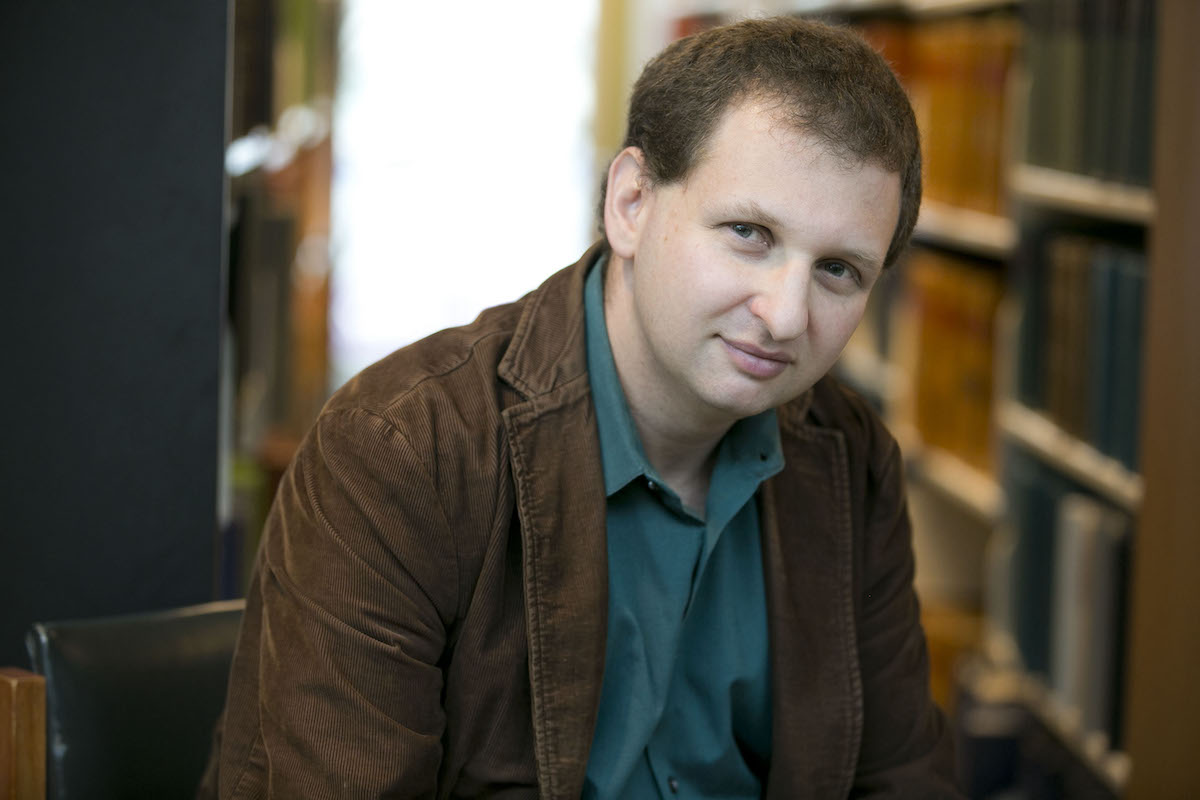303 Creative: Free speech reigns, even in the marketplace

The Supreme Court has taken an enthusiastic role in enforcing free speech guarantees. In 303 Creative LLC v. Elenis, the Court made clear that customized website design is “pure speech,” and that free speech protections trump antidiscrimination law, even when the speaker is acting in the marketplace.
Lorie Smith owns 303 Creative LLC, a website and graphic design business in Colorado. She decided to expand into the wedding website design business, where she would offer “original, customized, and tailored websites” that “celebrate and convey the details of [the] unique love story” of the couples she would serve. She refuses to create websites that contradict her own views, for instance—as relevant here—by celebrating gay marriages. But this would violate the Colorado Anti-Discrimination Act, which prohibits public accommodations from denying “the full and equal enjoyment” of their goods and services to anyone based on, among other grounds, sexual orientation. (This is the same statute that appeared recently in Masterpiece Cakeshop v. Colorado Civil Rights Commission (2018).)
The Supreme Court ruled that the First Amendment prohibits Colorado from forcing Smith to design websites with messages she disagrees with. This conclusion is located at the intersection of several important aspects of doctrine.
First, and most fundamentally, the First Amendment protects one’s availability to oppose gay marriage—and to say that one opposes gay marriage because of one’s religion. But the principle is of course broader: there’s nothing in this opinion that’s specific to gay marriage, or to religion at all. One might as well assume the case involved an atheist who opposed interracial marriage for purely secular racist reasons. This is a pure free-speech case, so it doesn’t matter what the website designer believed. It’s First Amendment canon that viewpoint discrimination is heavily disfavored, and indeed, the Court just reaffirmed recently, in Matal v. Tam(2017), that so-called “hate speech” is just as protected as any other kind of speech.
Second, free speech protections aren’t only about “speech.” They’re about any form of expressive activity, from words to photography, from Facebook “likes” to nude dancing, from flag-burning to flag-saluting. But this case involved a very traditional form of expression, which the Court characterized as “pure speech”: literally putting words and pictures together in a document.
Third, the First Amendment also protects against compelled speech. This is a principle that goes back to West Virginia Board of Education v. Barnette (1943), the Pledge of Allegiance case. But it has also shown up in freedom of association cases like Hurley v. Irish-American Gay, Lesbian and Bisexual Group of Boston (1995) and Boy Scouts of America v. Dale (2000): parade organizers can design their own message, and expressive organizations can choose their leadership, even when state public accommodation laws mandate otherwise.
Fourth, whether the First Amendment doesn’t depend on whether one is speaking for money. Admittedly, commercial speech has long been treated as second-class speech, though in recent decades the Court has recognized that it, too, deserves substantial protection. But “commercial speech” doesn’t mean any speech that’s part of commerce—if that were the case, The New York Times and Harry Potter, which are sold in the marketplace, would have reduced protection. Also, organizational form doesn’t matter: speakers don’t “shed their First Amendment protections by employing the corporate form to disseminate their speech.”
But what of the anti-discrimination context? Justice Sotomayor’s dissent argued that public accommodation laws embody a deeply rooted “social contract”: “A business that chooses to sell to the public assumes a duty to serve the public without unjust discrimination. . . . The First Amendment does not entitle petitioners to a special exemption from a state law that simply requires them to serve all members of the public on equal terms. . . . Even if Smith believes God is calling her to do so through her for-profit company, the company need not hold out its goods or services to the public at large.” In Justice Sotomayor’s view, this was a case about regulating conduct, not speech; the commercial context reduced Smith’s protections, and so did the requirement to merely serve everyone equally.
This may be the most enduring legacy of 303 Creative: it clearly rejects the idea that the commercial context matters or that antidiscrimination values supersede free-speech values. After 303 Creative, public-accommodation antidiscrimination law is still constitutional—but it’s clear that whatever leeway the government may have to force people to serve others in a business context, it can’t force them to speak.
—Alexander Volokh, associate professor of law